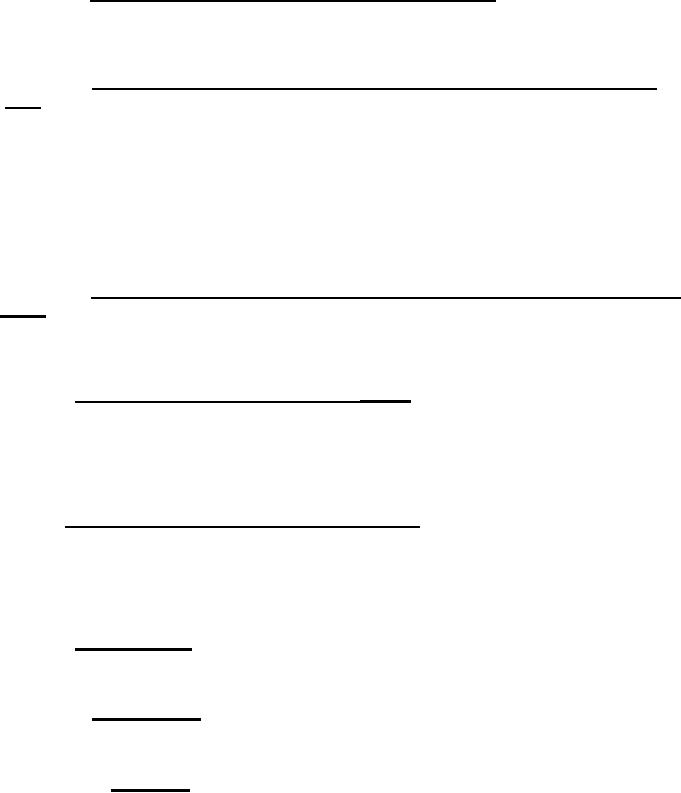 |
|||
|
Page Title:
Accelerated loads test to design ultimate load |
|
||
| ||||||||||
|
|  MIL-T-6396E
4.6.25.2 Accelerated loads test to design ultimate load. The tank assembly
shall be subjected to one application of load at 150 percent of the design
limit load at the most critical condition. There shall be no evidence of
failure, leakage, or deflection that contacts the tank or aircraft components.
4.6.25.3 Accelerated loads test of carrier based aircraft to desire limit
load. Following the tests of 4.6.25.1 and prior to the tests of 4.6.25.2,
the tank assembly shall be subjected to 100 percent design limit accelerations
simulating catapult launched and arrested landings at the specified fill levels
and pressurized conditions to determine the most critical catapult launch and
arrested landing condition. Then, the tank shall be subjected to 100 load
applications at the critical catapult launch condition and 100 load appli-
cations at the critical arrested landing condition. There shall be no evidence
of failure, leakage or chaffing of the cell or components. Further, the
deflection of the cell shall be such that there will be no contact with the
tank or aircraft components.
4.6.25.4 Accelerated loads test of carrier based aircraft to desire ultimate
load. The tank assembly shall be subjected to one application of load at 150
percent of the design limit load at both the most critical catapult launch and
the Host critical arrested landing condition. There shall be no evidence of
failure, leakage or deflection that contacts the tank or aircraft components.
4.6.26. Proof pressure (types I and III tanks). After all air has been bled
from the tank and the necessary ports plugged, hydrostatic pressure equal to
1.33 times the maximum operating pressure shall be applied to the sample tank
and held for a minimum of 2 minutes. Any evidence of permanent set, distor-
tion, or failure of any kind shall be cause for rejection. Water may be used
for this test.
4.6.27 Burst pressure types I and III tanks). All air shall be bled from the
tank and the necessary ports plugged. Hydrostatic pressure shall then be
applied to the tank. This pressure shall be at least 2.0 times the maximum
operating pressure. Evidence of permanent set or distortion shall be
permitted, but any evidence of rupture shall be cause for rejection. Water may
be used for this test.
4.6.28 Fitting tests. Basic integrity of the fittings shall be demonstrated
during the phase II test as specified in table III. In addition, the following
tests shall be conducted:
4.6.28.1 Insert tests. Six inserts shall be used for each of the following
tests. These tests may be conducted on fitting rings other than those used in
tests specified in 4.6.28.2 and 4.6.28.3.
4.6.28.1.1 Bottoming. A bolt of sufficient threaded length to prevent
shanking shall be lubricated with JP-4 or test fluid and engaged with the
insert until the bottom of the bolt is in contact with the bottom of the insert
or tapped hole. The maximum allowable torque as specified in table I shall be
applied to the bolt. The bolt shall then be removed and the insert and fitting
shall be inspected for damage. Any evidence of damage to the insert or fitting
or any rotation of the insert shall constitute failure.
24
|
|
Privacy Statement - Press Release - Copyright Information. - Contact Us |